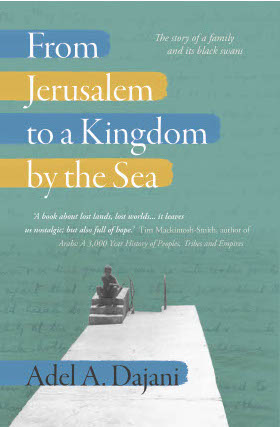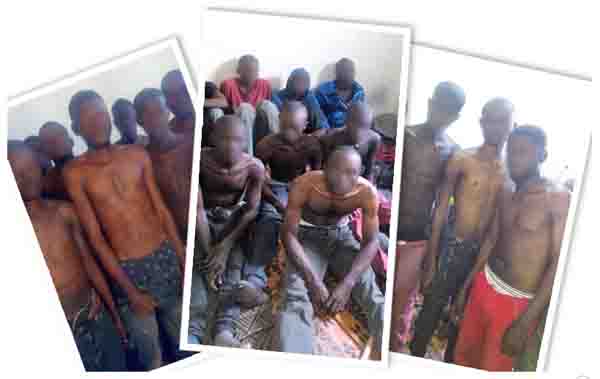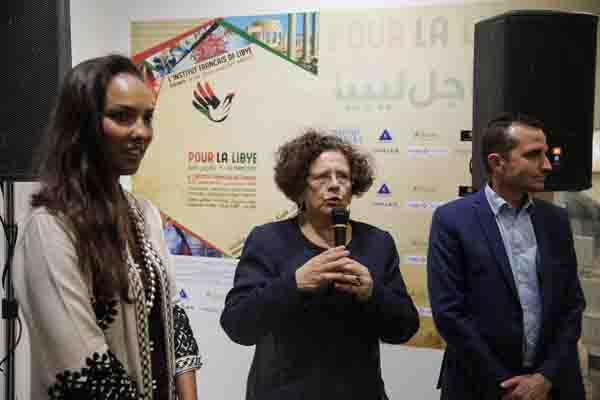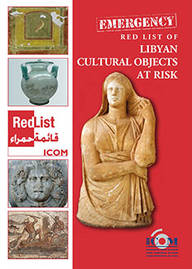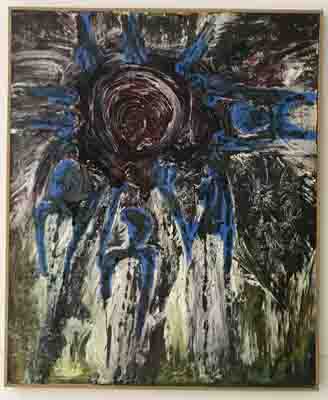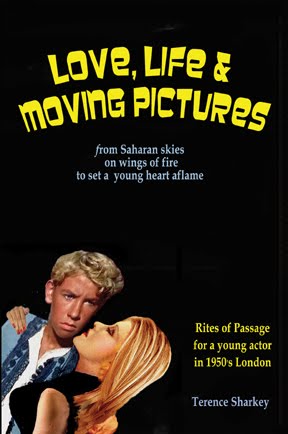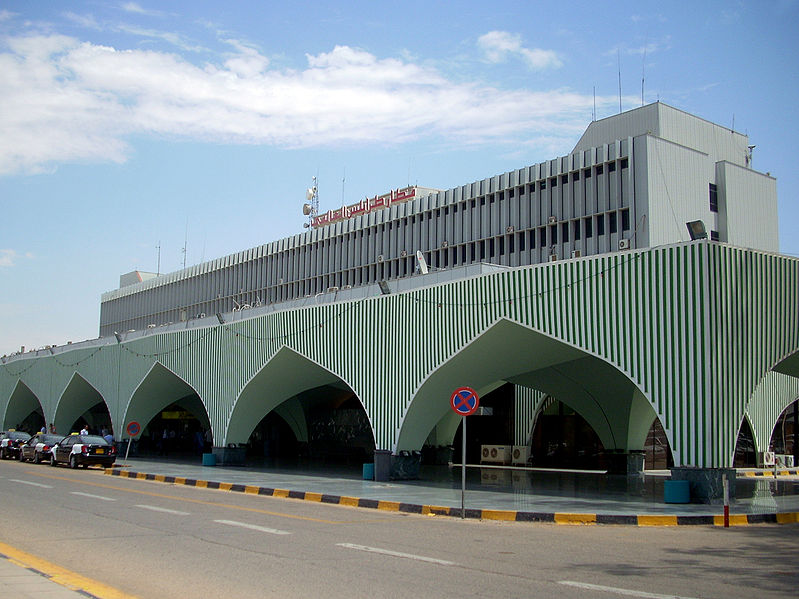By Nihal Zaroug.
Tripoli, 9 September:
From 10 till 20 October, . . .[restrict]a graphic art workshop will be held at the Dahra Gallery in Tripoli. Artists who have registered for the event will be provided by the event organiser, Flame of the Capital, with wall space to draw, paint and create graffiti.
The event plans to showcase over 30 Libyan artists aged from 15 to 30 years old, giving them complete artistic freedom, according to Asma Eyad, one of the organisers and a member of Flame of the Capital association.
The exhibit is “art in progress” says Asma. Gallery visitors can watch as artists work and can visit throughout the duration of the event to see the entire space, some 50 meters of white wall, filled with artworks. The event is also a competition; the top prize is a weeklong trip to Turkey, that will be presented during the final viewing and judging ceremony, held on the last day of the event.

Lawyers for Justice in Libya (LFJL) organised a similar competition in August as part of Destoori (My Constitution), an educational initiative into the constitution building process. Several of the best Libyan graffiti artists competed in “Scribble Your Constitution” for a chance to win a LD 1000 prize. The competition required the artists to create street art depicting concepts of human rights such as justice, freedom, dignity and equality. The winning design is to be featured on Destoori posters and promotional T-shirts.

French NGO, Handicap International, organised an anti-weapons campaign last November in Benghazi and was kick-started by holding the city’s first graffiti contest. The graffiti seen in the city’s Kish area serves as a constant reminder to by-passers that without gun control, security cannot be exist.
Since the revolution, graffiti as an art form has thrived in Libya and is not viewed as vandalism. On the contrary, it is perceived as a way to raise awareness on pivotal issues facing the country. After years of having art oppressed and scrutinised, the explosion of expressions in the form of colourful images and words, is well welcomed on the streets.

Although, most graffiti shows anti-Qaddafi caricatures, there are many murals that depict the hardships that the nation has endured and the coming struggle it faces to build its democracy. Works of art that tell the story of the Libyan people and their continuing struggle for freedom and justice, can be found all over the country and not just in its major cities.

(Photo: Nihal Zaroug)
In April, the Victoria and Albert Museum in collaboration with the British Council, held an exhibition in Benghazi to highlight the cultural relevance of street art as a globally emerging art form. The organisers noted that in Libya the art form held significant social and political relevance. Libyan artwork by street artists Naser Al-Shibani, Tared Abu Avena and Mohamed Ellafi were displayed alongside with internationally recognised graphic artists such as D*Face, Banksy and Shepard Fairey.
Various groups and individuals have attempted to catalogue street art to preserve it, to them post-revolution graffiti is part of Libya’s renaissance. Online links to many murals and graffiti can be found on Libya Uprising Archive.
[/restrict]



